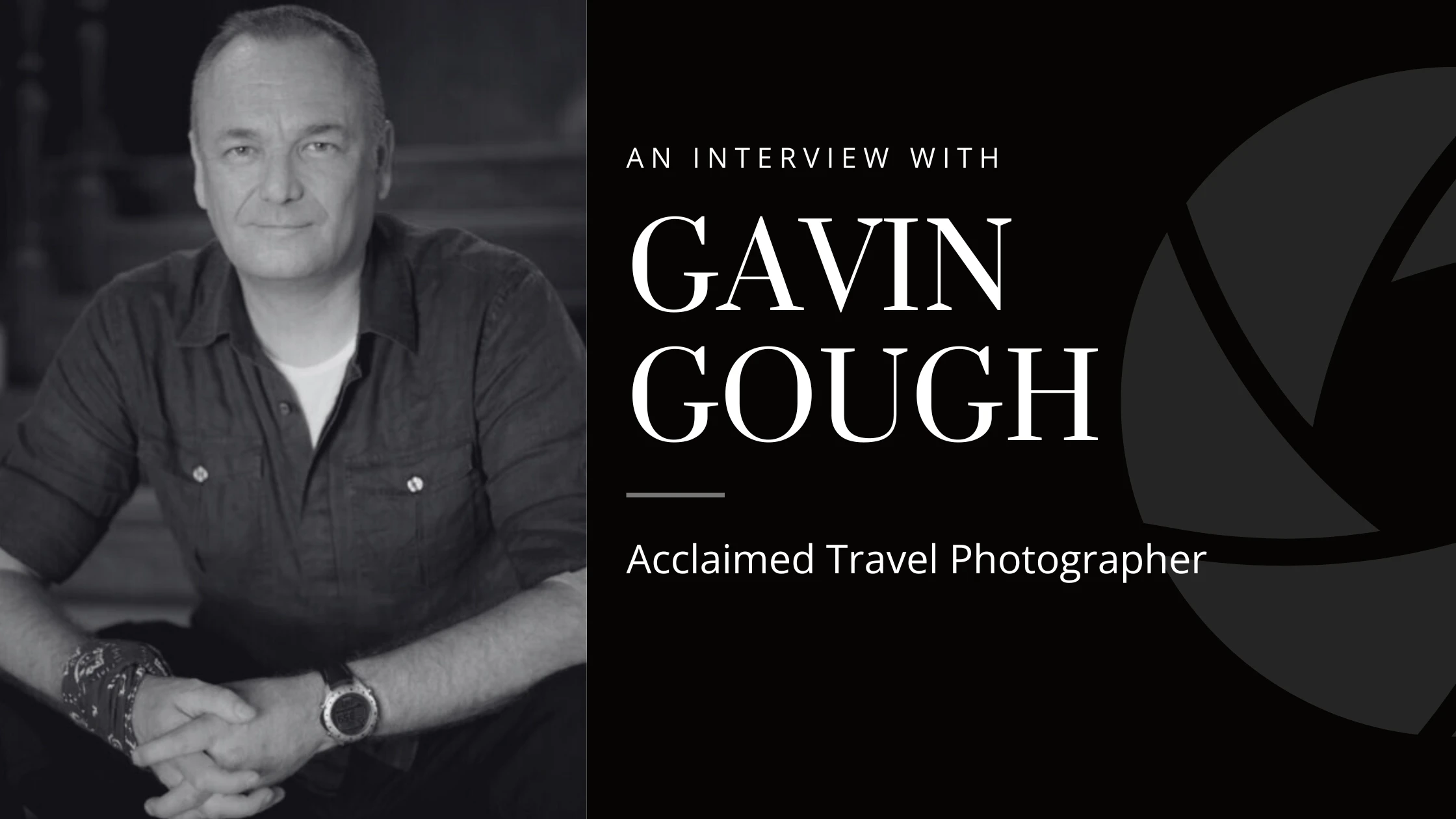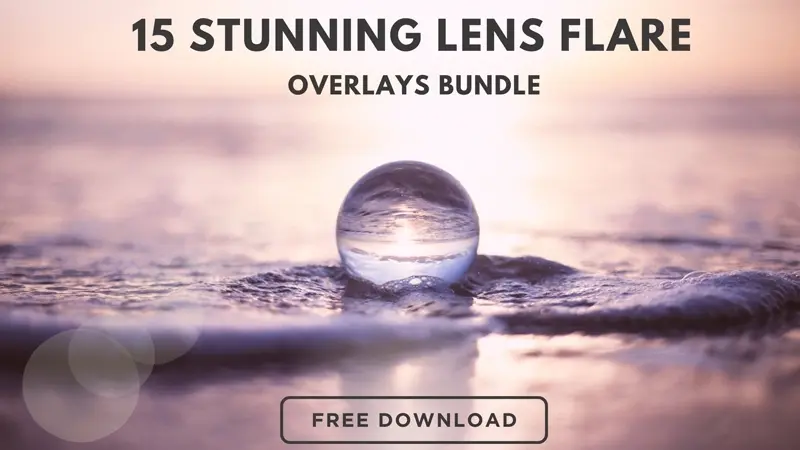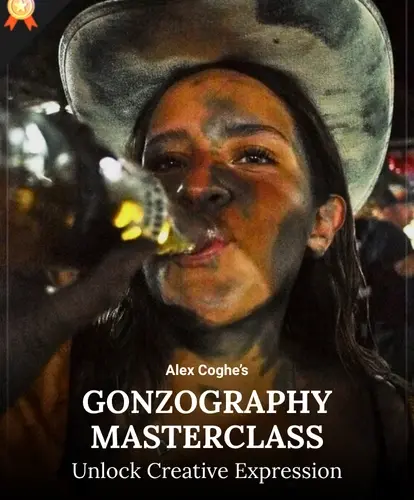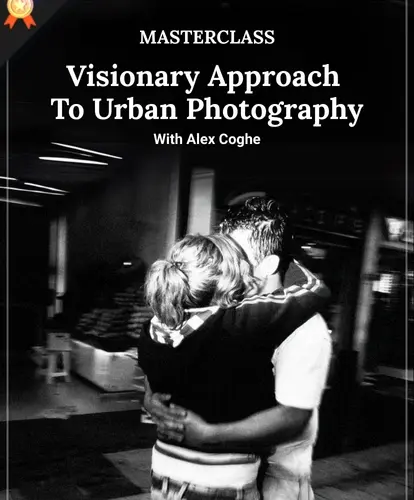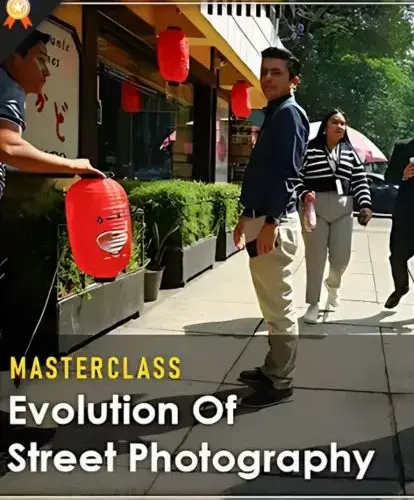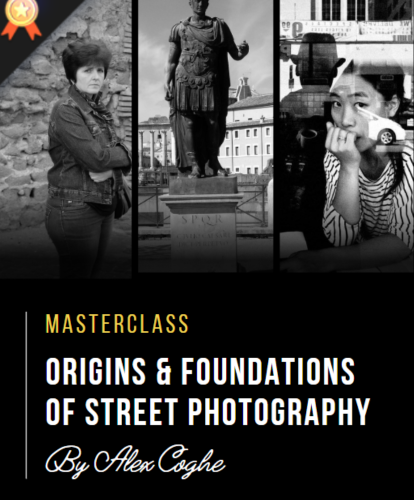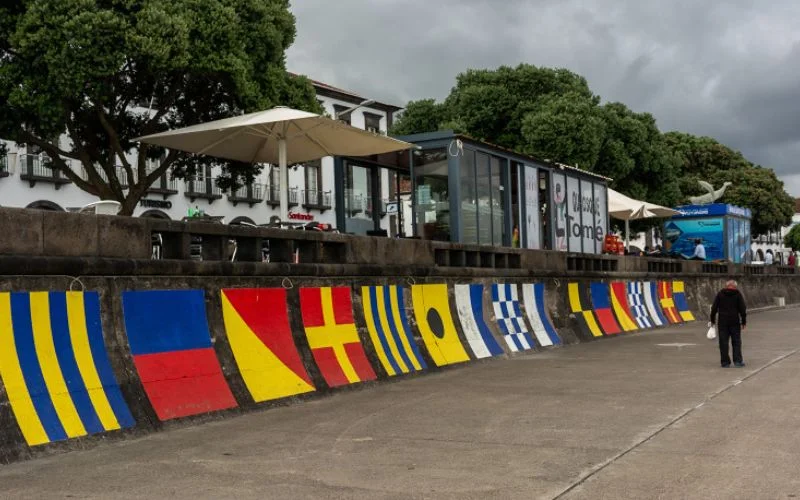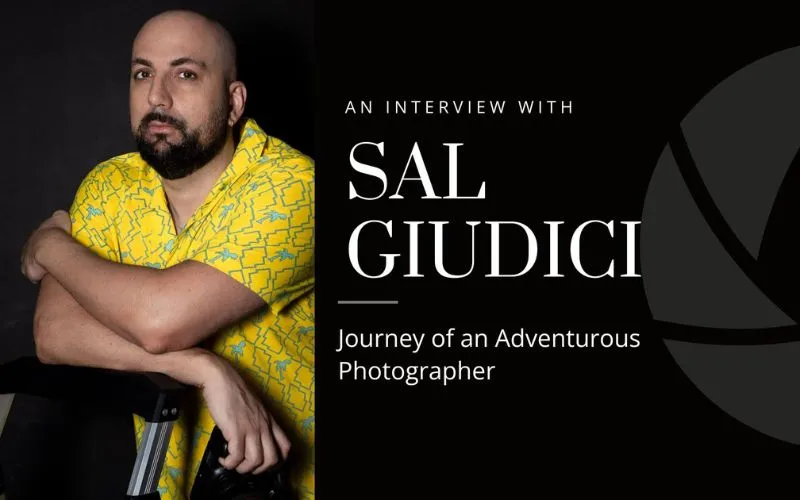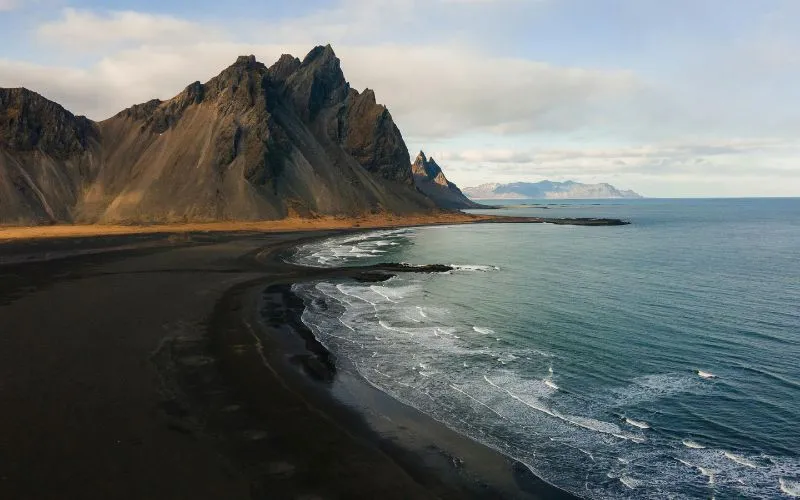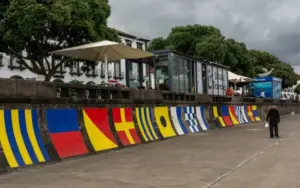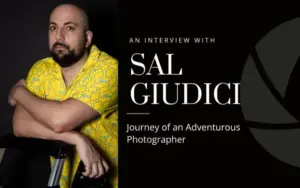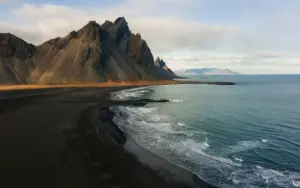Our fantastic collection of interviews will take you on a tour of the journeys of some well-known photographers around the globe.
This time, we were honored to interview an inspiring and talented travel photographer Gavin Gough, whose experience and expertise can be a great source of learning.
Gavin Gough is an editorial, humanitarian, and travel photographer documenting stories that reflect the human condition. He is British/Irish and works in Bangkok, Thailand, and Geneva, Switzerland. Gavin spoke to us over email last week.
Gavin himself has clicked all the images used in this post. The interview conducted is presented below. Enjoy reading!
How would you describe your unique style to someone who doesn’t know much about photography?
Answer: I’d describe my style as observational and photojournalistic. I’m drawn to candid, unscripted moments—the kind of scenes that unfold naturally when people forget the camera is there. My aim is always to tell a story with honesty and empathy, without interfering or staging. Whether I’m working in a bustling city or a remote village, I try to be a quiet presence, observing rather than directing. I think that’s where the most meaningful images are found—in the spaces between the obvious moments.
Also check out: The Street Zen Photographer: Why Street Photography is Meditation.
After having a long day of shooting and traveling to places, how do you unwind
for the day?
Answer: To be honest, I don’t often feel the need to unwind after a day spent photographing. If
anything, photography is the way I unwind. Even after a long day of travel and shooting, I’ll usually find myself reviewing, editing, and processing images late into the evening. There’s something meditative about it—the quiet focus, the satisfaction of seeing a story take shape. For me, photography doesn’t drain energy; it restores it. It’s when I feel most present and most at peace.
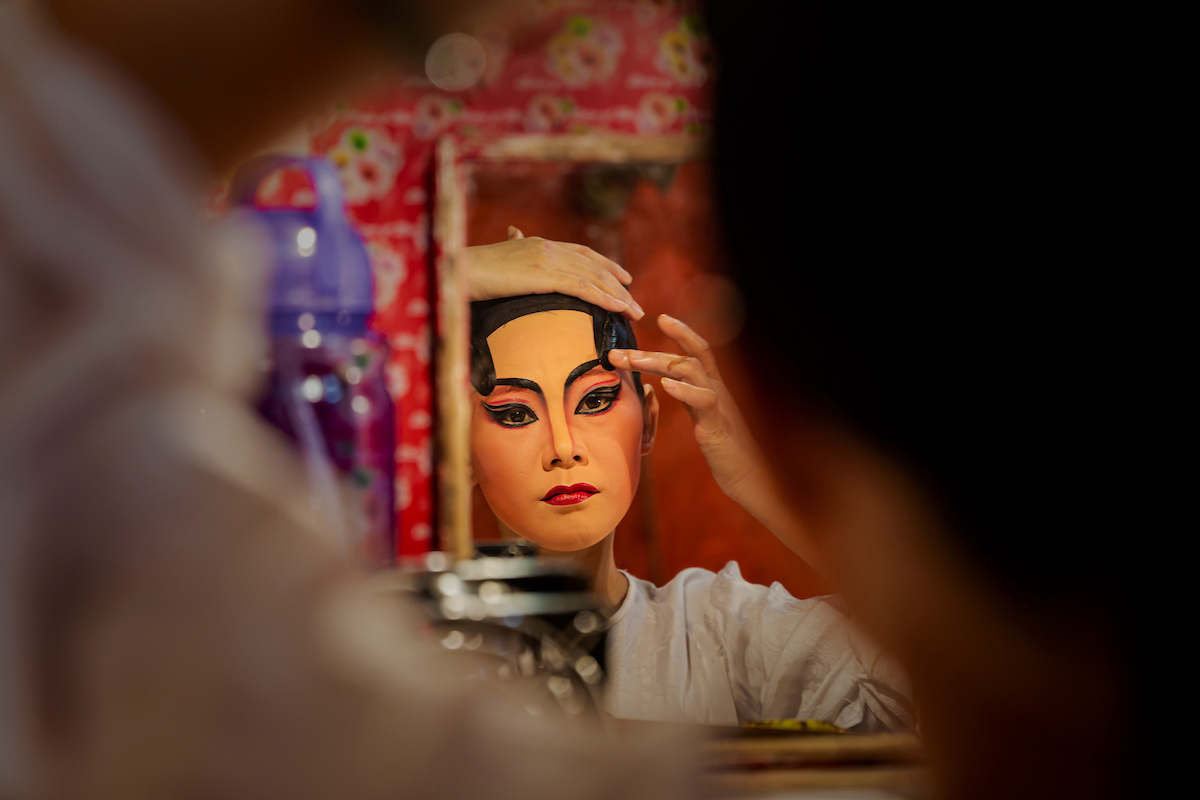
After travelling to many places, what photography tip or trick do you stand by?
Answer: “Tea first, photography second.” It’s a simple idea, but one I return to time and again.
Before reaching for my camera, I try to spend time with the people I’m photographing —sharing a cup of tea, having a conversation, just being present. It allows them to relax and be themselves, and it gives me time to understand the atmosphere, the rhythm of the place, and how I might fit into it. Photography, for me, is as much about building trust and connection as it is about timing or technique. The best images often come when the camera is forgotten, by both the subject and the photographer.
Gain more knowledge about various photography genres in these insightful photography interviews.
Who or what inspired you to pick up a camera for the first time?
Answer: There wasn’t a lightning-bolt moment when I picked up a camera and knew this
would be my path. It was more of a slow burn—a growing curiosity about the world and a desire to make sense of it visually. I’ve always been drawn to observing people, to noticing the quiet, in-between moments that often go unnoticed. Photography gave me a way to explore that instinct, to frame those moments and hold onto them. Over time, what started as curiosity became a compulsion—to document, to connect, to understand. That drive has stayed with me ever since.
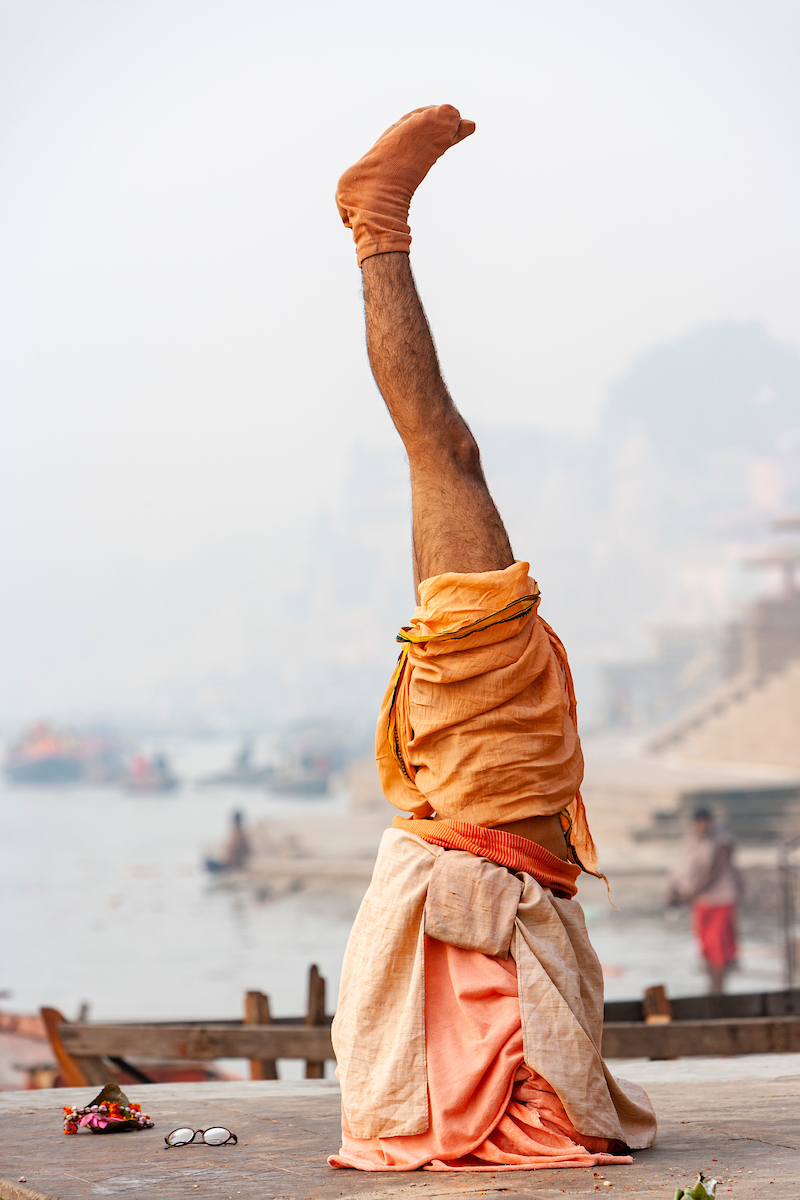
How do you see AI and digital art influencing the future of photography?
Answer: It’s a difficult question to answer, partly because things are changing so rapidly. AI and digital art are already reshaping the creative landscape, and photography isn’t immune to that shift. I think we’ll need to develop robust ways of verifying the difference between human-made and AI-generated images—not to draw rigid boundaries, but to preserve trust and transparency, especially in documentary and journalistic work.
That said, I’m not fearful of these changes. Photography has always evolved alongside technology—from film to digital, darkrooms to Lightroom. The tools may shift, but the impulse behind the image —the need to observe, to connect, to tell stories—that remains. As long as photographers stay rooted in those values, there’s a future for the craft, whatever shape it takes.
Must Read: The Ultimate Guide To Travel Photography Techniques & Tips.
What’s one of the most unexpected difficulties you’ve faced on the way to a shoot, and how did you handle it?
Answer: I can’t point to a single dramatic incident—no missed flights or wild mishaps—but
that may be because I try to prepare thoroughly. I try to plan for every eventuality: backup gear, local contacts, weather contingencies, even knowing where the nearest repair shop or hospital might be. It’s not about being pessimistic, but realistic. “Hope for the best, plan for the worst” has served me well over the years.
Travel photography often means working in unpredictable environments. Solid preparation gives me the freedom to concentrate on the job when I’m on location. If something does go wrong, I’d rather be calmly reaching for a backup than scrambling to find a solution. It’s not glamorous, but it’s part of what makes the work sustainably
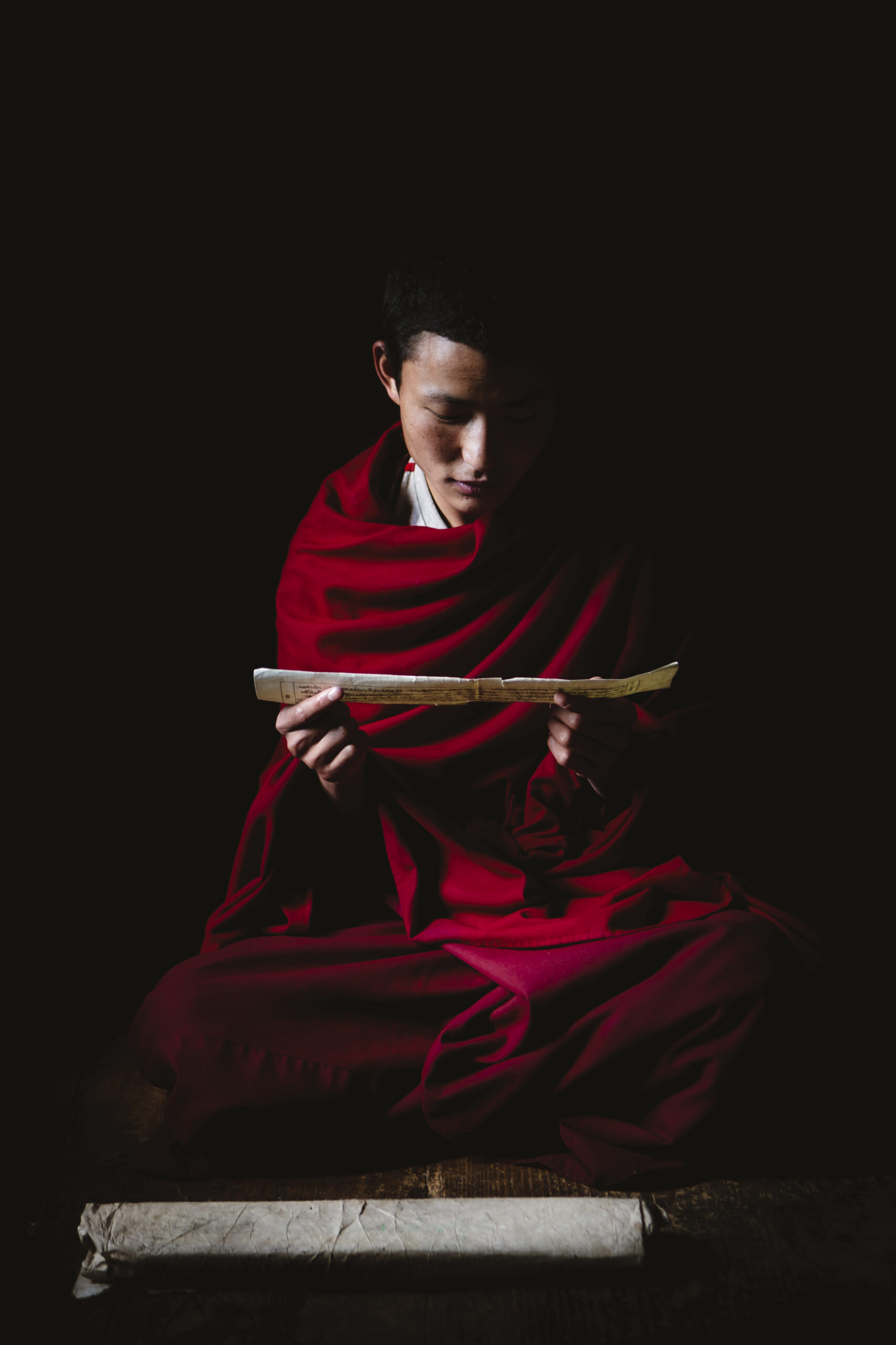
How has being a photographer changed you as a person over the years?
Answer: Big question! I’m not sure photography has changed me so much as it’s revealed the
kind of person I already was. I’ve always been observant, naturally curious, and perhaps a little more comfortable behind the camera than in front of it. Photography gave those tendencies a purpose and a shape.
Over the years, it’s helped me become more patient and more empathetic. You can’t spend time with people from all walks of life, in all kinds of situations, without developing a deeper appreciation for how varied and complex the world is. I’m also simply more content doing this than I would be doing something I’m less suited to. In that sense, photography has helped me settle into myself.
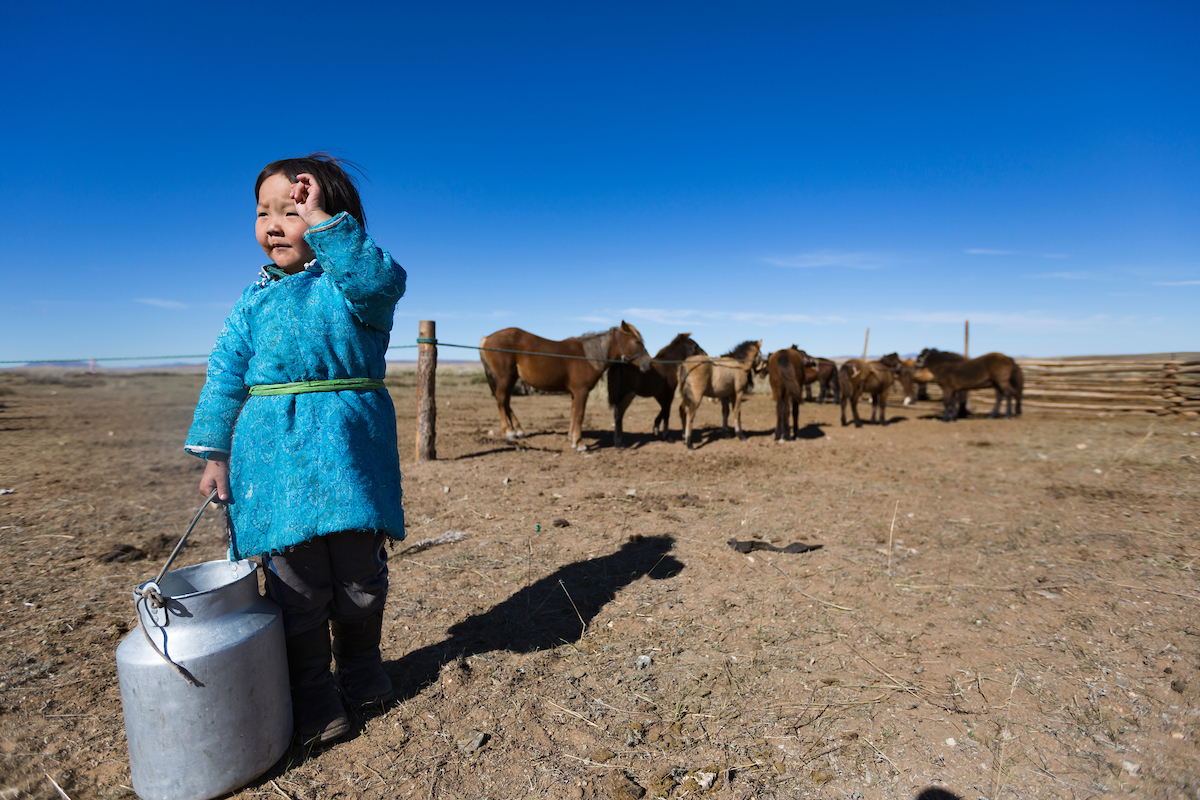
What are three words that best describe you as a person? And why did you choose them?
Answer: Curious. Contemplative. Photographer.
Curious, because the world is endlessly fascinating who wouldn’t be curious about it?
Contemplative, because I tend to take my time, to observe and reflect before I act. This definitely applies to my approach to photography.
Photographer—because at the end of the day, that’s how I make sense of the world. It’s not just what I do, it defines how I engage with the world.
In 2003, you left your role as a Systems Analyst to embark on a global journey with a camera in hand. What pivotal moment or realisation led you to make such a significant career change?
Answer: I’d wanted to be a professional photographer since I was a teenager, but like many people, I spent the early part of my career trying to lead a more orthodox life— something that felt safe and predictable. Although I enjoyed aspects of my life as a Systems Analyst, it was never an ideal fit.
There wasn’t one dramatic moment, but more of a growing realisation. I knew that if I didn’t at least try to pursue the work I truly cared about, I’d be likely to regret it. So in 2003, I made the decision to leave the corporate world behind, pick up a camera, and see where it might take me. It wasn’t easy or instant, but it was definitely the right choice.
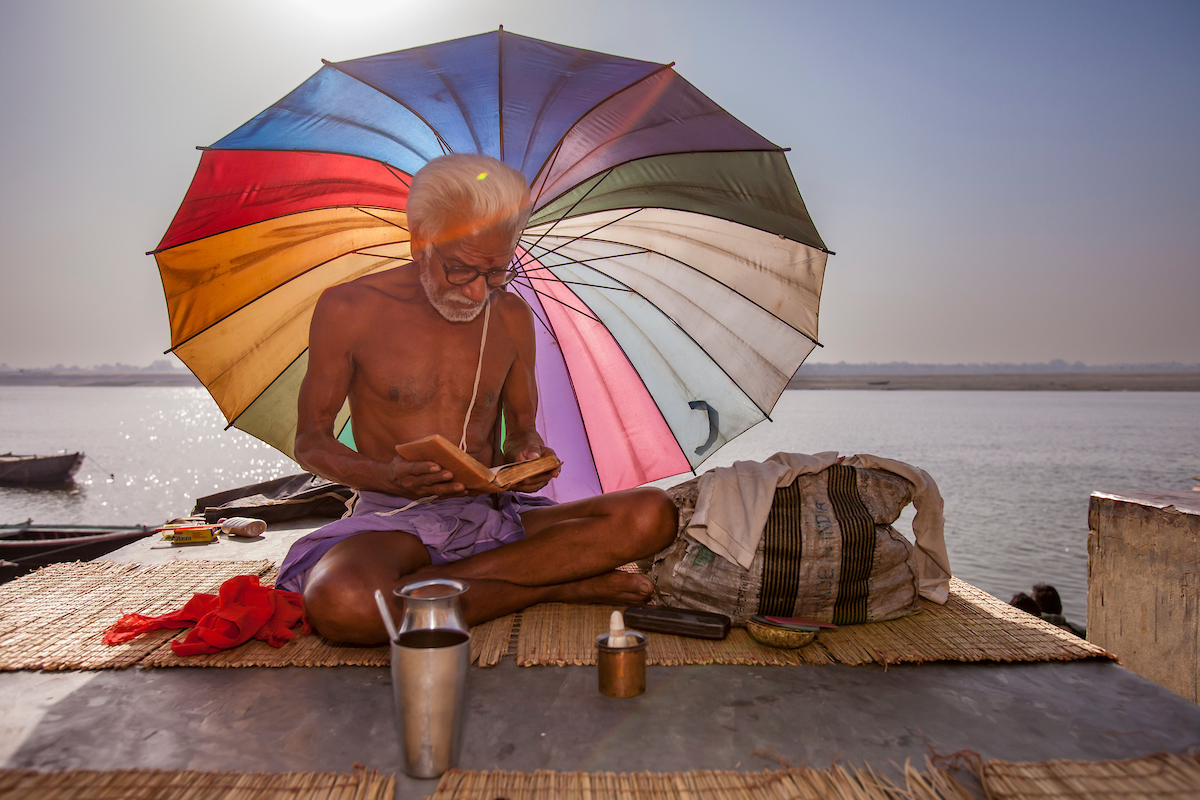
Do you have any daily habits or routines that help fuel your creativity?
Answer: I try to start and end each day with a bit of structure and stillness. I do a short Sun
Salutation every morning and finish the day with some light yoga. I also meditate daily—nothing elaborate, just an hour or so to create space for reflection. These rituals help me stay grounded and give my mind room to wander, which I think is where creativity begins.
Music is another essential part of my day. I listen to it often—sometimes as background, sometimes more intentionally—and it really fuels my imagination.
Certain pieces become almost like emotional bookmarks, helping me tap into a particular mood or visual idea. Between movement, stillness, and sound, I find a rhythm that helps keep the creative work flowing.
Read Now: Street Photography Guide to Light, Focus, and Approach.
Reflecting on your diverse assignments, has a particular project or moment profoundly changed your view on photography or the world?
Answer: There’s no single assignment I’d point to, but working with NGOs over the years has
had a profound impact on how I see the world. It’s shown me, time and again, just how resilient people can be—often in the most challenging of circumstances. That resilience, that quiet strength, has left a lasting impression.
It’s also taught me that those who have the least often give the most. I’ve experienced extraordinary generosity in places where, by most material standards, people had very little. Those moments stay with you, and they shape not just how you work, but how you move through the world. Photography, at its best, honours that spirit.
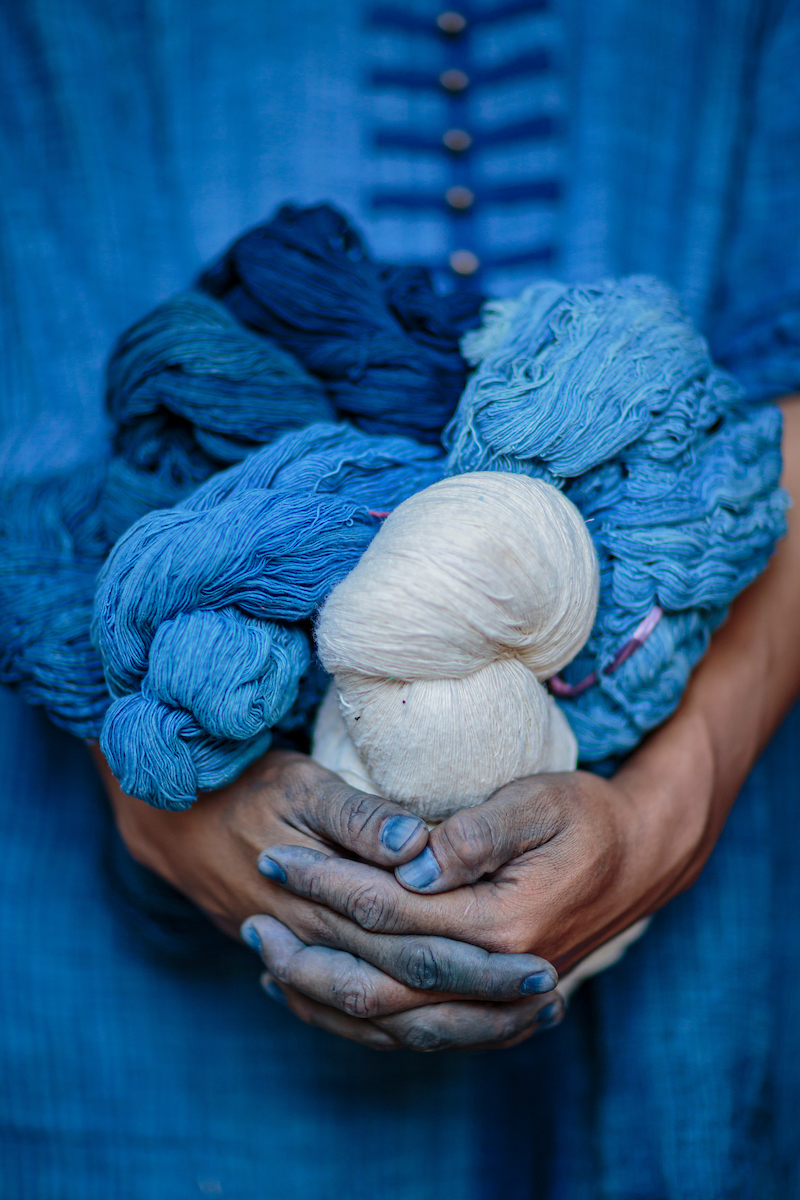
As the founder of the Bangkok Photo School and a leader of workshops across Asia, what do you find most rewarding about teaching photography, and how has it impacted your own work?
Answer: There’s a saying I really believe in: “If you want to learn, teach.” Leading workshops and the Bangkok Photo School has taught me as much about photography as I’ve taught myself. Trying to break down complex ideas into clear, accessible concepts forces you to strip things back to the essentials—what really matters in an image, and why.
What I find most rewarding, though, is the exchange. Students often come in with fresh perspectives and surprising ways of seeing the world. Their work can be inspiring, even humbling. Teaching keeps me creatively alert—it challenges me to stay open, to keep questioning my own habits, and to keep evolving.
Must check out: Masterclass: How to Take Compelling Street Photography.
Is there a dream project you haven’t tackled yet but hope to in the coming years?
Answer: There are a couple of dream projects I’ve had in mind for years. One is a long-form photo essay on tea—not just as a drink, but as a cultural thread. I’d love to follow its journey from the plantations of China and India through to the tea rooms of Europe, exploring the rituals, the economies, and the quiet moments that tea creates along the way. It’s such a simple thing, but so rich in history, meaning, and connection.
The other is a project tracing the Mekong River from its source to the sea. The Mekong is a lifeline for so many communities, cultures, and ecosystems across Asia.
Documenting that journey—the human stories, the environmental changes, the rhythms of life along the river—feels both urgent and deeply compelling. It’s the kind of work that would require time and patience, which suits me just fine.
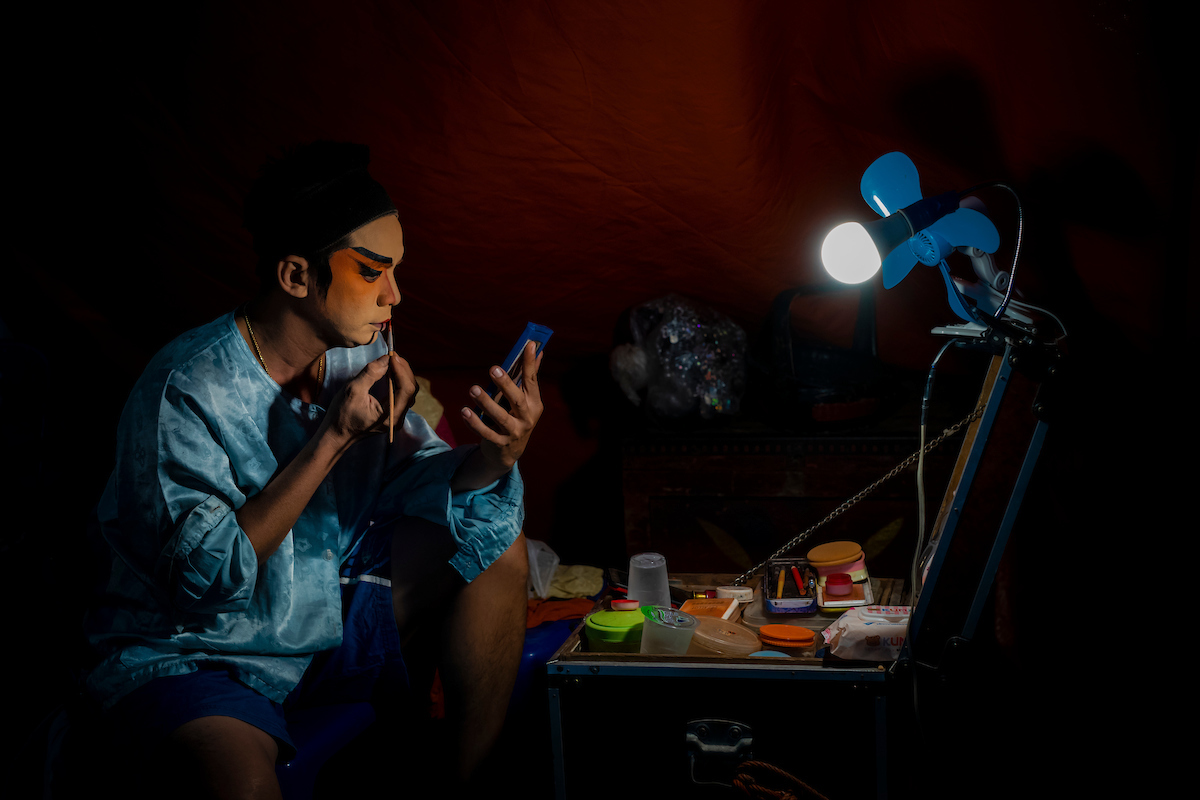
What’s one piece of advice you want to give someone just starting photography?
Answer: Be patient… and wear comfortable shoes!
It might sound flippant, but it’s solid advice. Photography, especially if you’re working on the street or travelling, often involves long hours of walking, waiting, and watching. Discomfort is a distraction that can be easily avoided with a decent pair of robust shoes.
Lastly, are there any exciting projects you’re currently working on or have planned for the near future?
Answer: I’ve been writing a photography newsletter, Beyond the Frame, which has quickly attracted a community of engaged readers, check it out here!
I hope to continue sharing my work and interests through that medium.
I’m gathering material for a visual journey along the Mekong River, and hope to continue my work on that self-assigned project.
Otherwise, this is a relatively quiet period, which I’m enjoying. Quiet intervals is often when the most meaningful projects begin to take shape. Watch this space!
For more information about travel photographer Gavin Gough’s photography and insight, do visit his website, Threads, Bluesky and Instagram!
Did you find this blog insightful? Don’t hesitate to contact us for your suggestions, thoughts, reviews, and feedback.
And for much more amazing content, check out our blog page!
